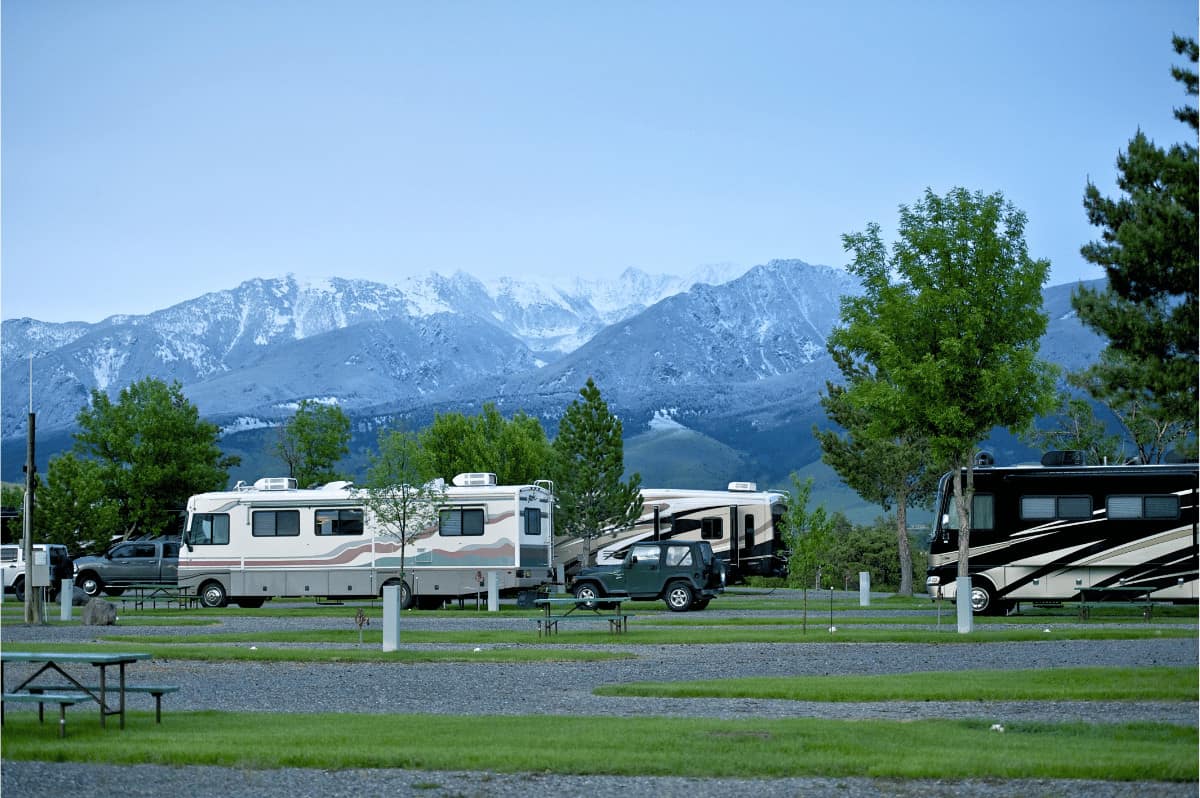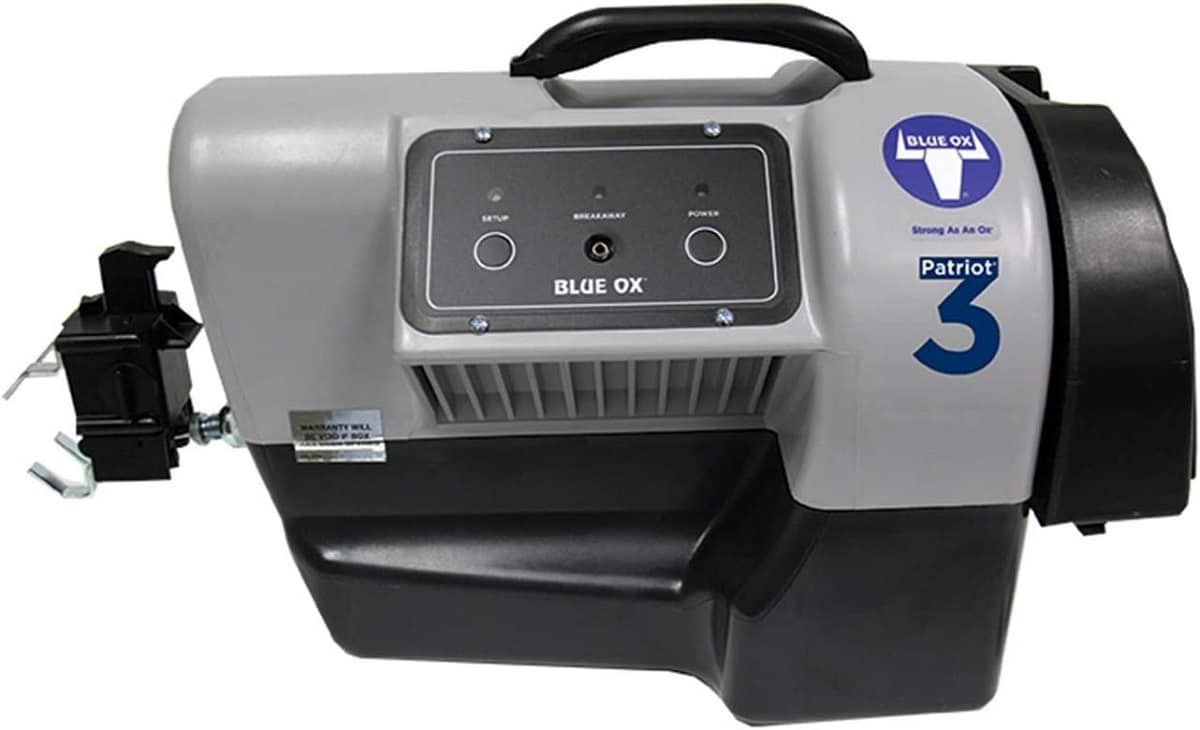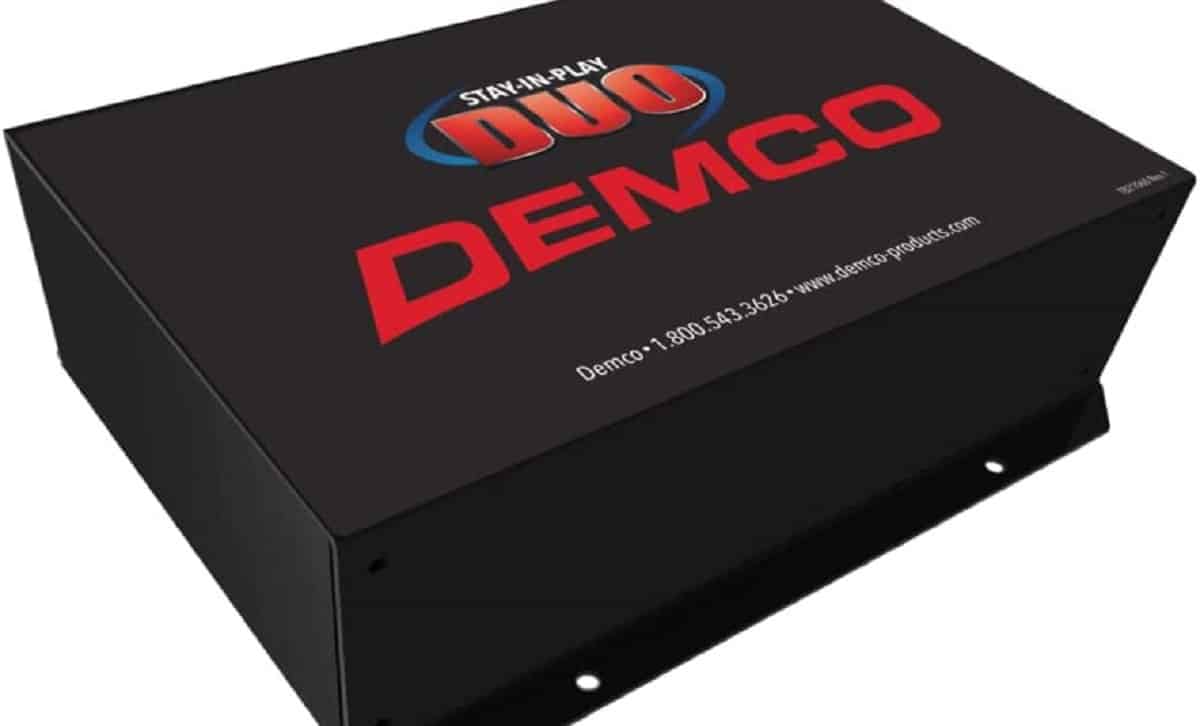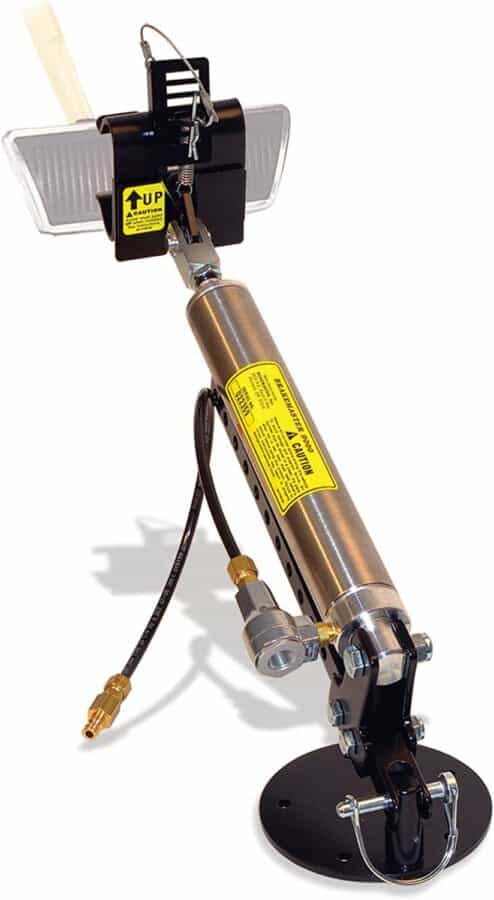We “Brake” It Down Here
Bringing a towed car along with your RV is a great way to increase your mobility and see local attractions near your campsite. But if you’re bringing a “toad”, you’re going to want an RV supplemental braking system.

RV supplemental braking systems go between your RV and your towed car to help with braking – making you safer on the road. Let’s take a closer look at what an RV supplemental braking system is, why you may need one, and different options for buying one.
What Is An RV Supplemental Braking System?
An RV supplemental braking system is a device that applies the brakes on your towed vehicle whenever you apply the brakes in your motorhome. There are four main types of supplemental braking systems:
- Pre-set
- Proportional
- Direct
- Vacuum-assist
Pre-Set Systems
Pre-set systems are the most basic type of RV supplemental braking system. These are portable electric systems that connect to your RV and respond when your RV’s brake lights engage. When the brake signal reaches the device in the car, it responds by depressing an extended arm onto the brake pedal.
These systems are portable and easy to install, but they don’t offer the accuracy or control of other types.
Proportional Systems
Proportional supplemental braking systems are the most popular type. They’re designed to sense when your RV slows down. The system then applies the brakes in your towed vehicle with proportional force to how you apply them in your RV – hence the name.
Proportional systems are more accurate and provide finer control than pre-set systems. This braking system is able to provide emergency braking.
Direct Systems
Direct systems connect directly to your RV’s brake lines to directly detect your brake timing and pressure and replicate those factors in your towed vehicle. These features make the system more difficult to install, but the benefit is that direct systems are highly accurate and responsive. Plus, direct braking systems never require manual adjustment.
The downside of a direct system is you’ll need professional help or mechanical background to install it.
Vacuum-Assist Systems
Many vehicles, particularly hybrids, won’t work with most RV supplemental braking systems because they utilize power-assist braking. Using a typical braking system with these vehicles can damage them.
This is where vacuum-assist systems come in. The actual mechanics are a bit complicated, but basically, vacuum-assist systems tap into a vacuum source to safely and effectively apply braking force to cars with power-assist braking.
Vacuum-assist supplemental braking systems don’t offer full emergency braking, and the installation is fairly involved. However, if you have a vehicle with power-assist brakes, this braking system may be your only option. Alternatively, you could opt to tow your toad via a trailer or another means.
Who Needs an RV Supplemental Braking System and Why?

If you’re towing a vehicle behind your motorhome, you need a supplemental braking system. In fact, nearly anywhere you drive in the US and Canada, an RV supplemental braking system is a legal requirement if you’re towing any vehicle or trailer over a certain weight. Your RV’s warranty also likely requires you to use supplemental brakes when towing over a certain weight.
RV supplemental braking systems have benefits besides helping you follow the law and keep your warranty. They also make you much safer on the road, especially if you have a system with full emergency braking.
A supplemental braking system also reduces the stress on both your RV and your towed vehicle. Your motorhome’s brakes aren’t designed to handle the extra weight of your towed vehicle, leading to lots of extra wear and tear if a supplemental system isn’t used. The same goes for your towed vehicle, which will experience excessive force from your RV if it doesn’t engage its own brakes.
The supplemental brakes also improve the function and lifespan of your tow bar. Having a braking system reduces stress on the tow bar. As an added bonus, supplemental brakes also reduce the chances of jackknifing when braking suddenly.
3 Great Options for RV Supplemental Braking Systems
Now that we know all about RV supplemental braking systems, let’s look at 3 of the best options you can buy right now.
1. Blue Ox Patriot 3 Braking System

The Blue Ox Patriot 3 Braking System is one of the most popular RV supplemental braking systems around. This is an all-electric proportional system that’s able to work on hybrid vehicles without the use of a vacuum source.
For even more control, the system includes a wireless remote control so you can manually apply the brakes if needed. The Blue Ox Patriot system also includes a built-in battery to ensure it always has the power needed to brake.
2. Demco Stay-In-Play Duo Braking System

The Demco Stay-in-Play Duo Braking System is a vacuum system that can work with any car. This RV supplemental braking system only activates when both your RV’s brakes are applied, and sufficient force is detected. This creates a safer, more reliable system.
Even better, the Demco Braking System doesn’t need to be removed when you’re not towing a vehicle. Once installed, the Stay-in-Play Duo is always ready to tow.
3. Roadmaster 9160 BrakeMaster Supplemental Braking System

The Roadmaster 9160 BrakeMaster Supplemental Braking System is one of the most popular direct braking systems available. This system provides truly proportional and synchronized braking between your RV and your towed car. It also provides a full breakaway emergency braking system.
Once the Roadmaster system is installed, it can be connected and disconnected from your towed vehicle in under a minute without the use of tools. Plus, because it weighs less than 5 pounds, it’s easy to store when it’s not in use.
An RV Supplemental Braking System is a Must If You Have a Towed Car
An RV supplemental braking system isn’t just a good idea, it’s usually a legal requirement. These systems help keep you, your RV, and your towed car safe by detecting when you brake your motorhome and applying the brakes in your towed car. This allows you to slow down easier and safer and avoid losing control of your vehicle or causing an accident.



You omitted the Override system where a compression spring in the tow bar measures the proportional thrust due to braking and uses that motion to mechanically apply the brakes in the toad. Fully proportional, no 12 volts, no radio, permanently installed.